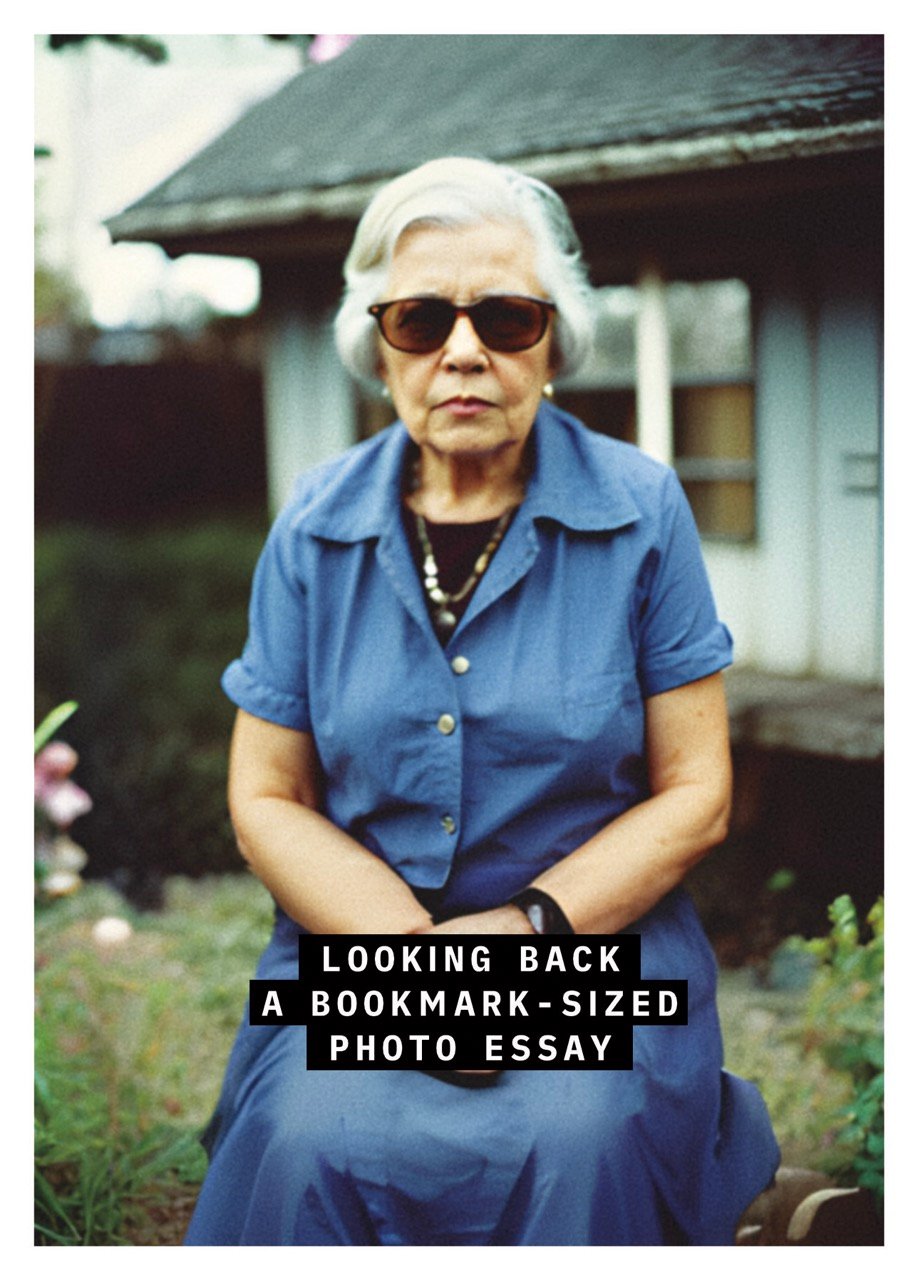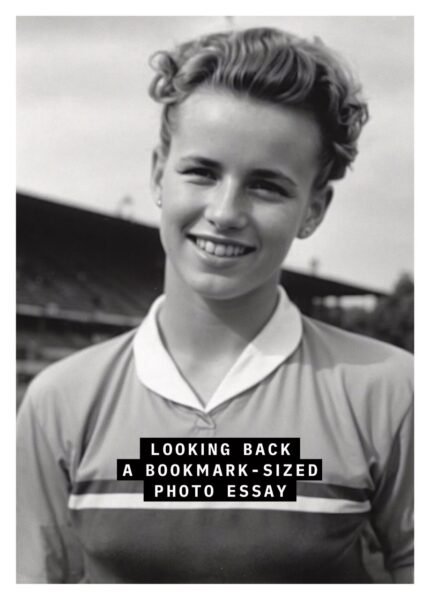
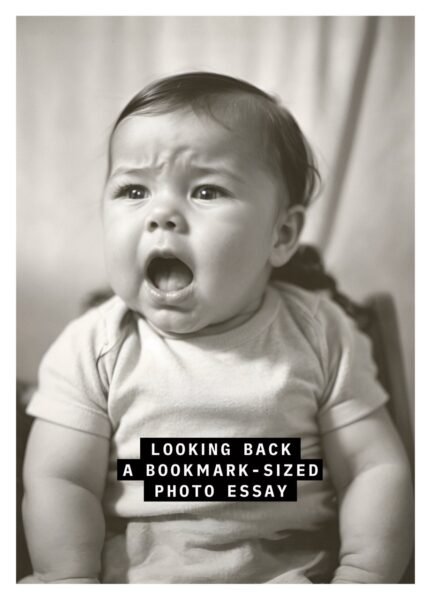
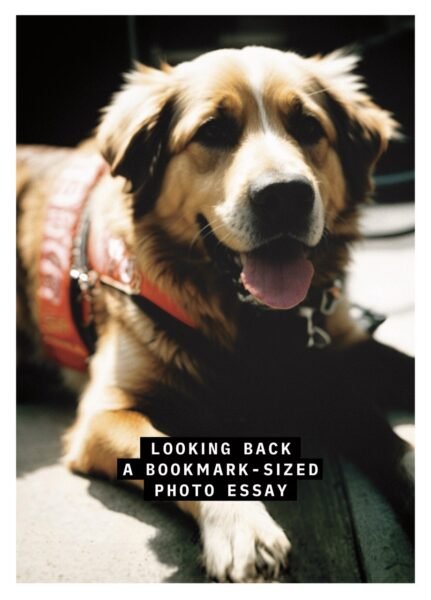
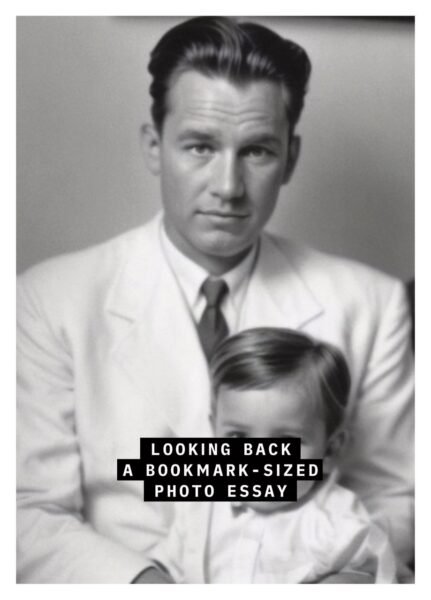

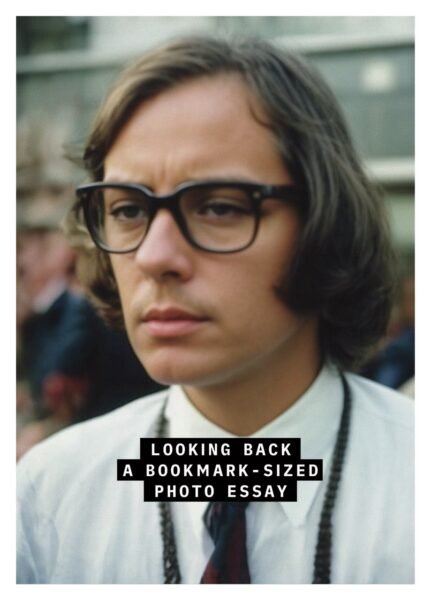

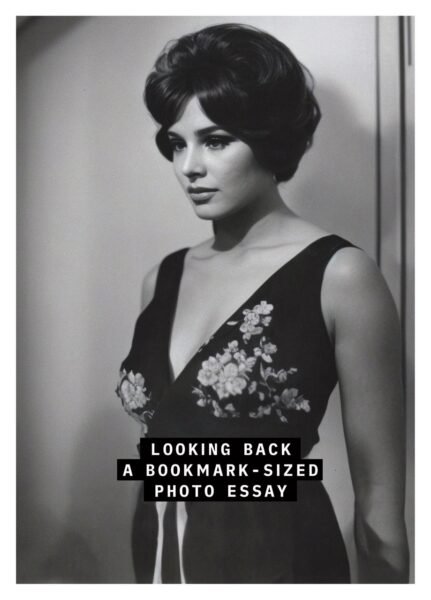
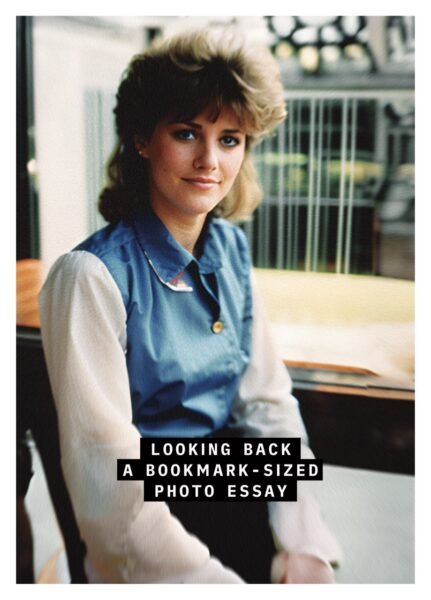
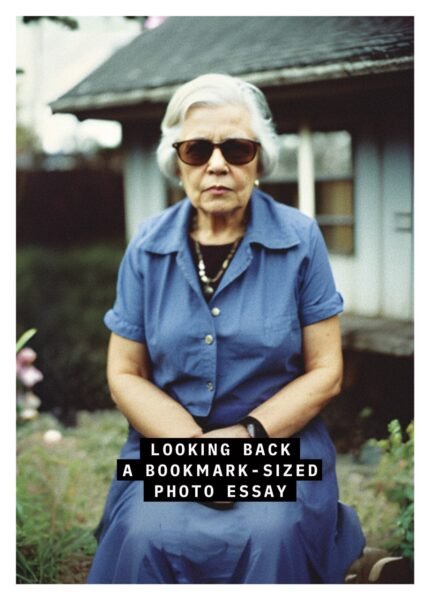
Consider this:
Photographic portraits depict the mysteries of human character, our certainties, desires, and histories. They crystallise time into timelessness. They transport us into parallel dimensions, imaginary ones. We call them memories.
Intelligent machines can replicate the style of photographic portraits to magnitudes hard to detect by human eyes. This isn’t new; for centuries, talented artists have been able to deceive viewers using hyperrealistic techniques. However, the vast resources needed for those techniques naturally limited their potential for misuse. Until recently, forging a photograph demanded intensive labour and driven passion. But intelligent machines take another route, one that suits their inherent ability to process and handle large streams of data.
Beyond the risks of misinformation and the loss of creativity, synthetic photography—generated by intelligent machines—has plunged our personal and collective memories into crisis. Millennials, like myself, along with older generations, grew up believing that memories were stored in a sacred realm within our minds, distinct from other media. Portraits of those we held dear or admired served as gateways to that special place. Synthetic photography stands as both a symbol and a landmark of new times, where such beliefs are challenged.
Memories are undeniably real, yet irrefutably subjective, just like the digital records that stand as proof of their existence. The more our experiences take place in the digital world—like chats, social media, or video games—the more malleable our memories become. Like this portrait, spawned from a past that never took place in this world, but only in that realm of our imagination where media and memories dance together, looking back at us when we summon them in our thoughts.
Synthetic image generated with Stable Diffusion XL and Polygoon LoRA trained with images from Polygoonjournaal
Created in January 2024 by ThirdEye.Xyz
Sponsored by the Netherlands Institute for Sound and Vision
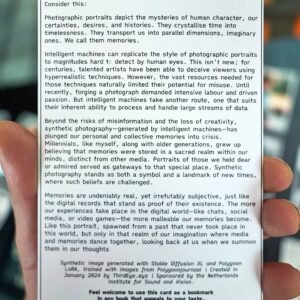
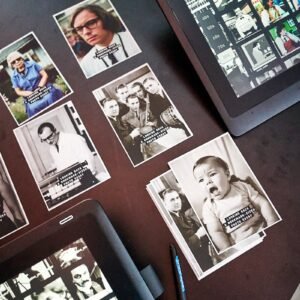
* This text was originally published on bookmark-sized cards; each of the ten designs was accompanied by a synthetic photograph on its reverse side. These cards were distributed freely on Public Domain Day at the Institute of Sound and Vision.
